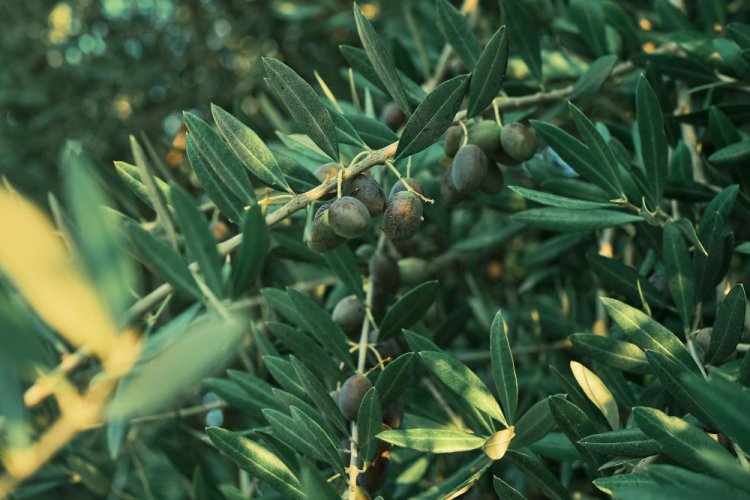The Versatile Olive: A Comprehensive Exploration
The olive, scientifically known as Olea europaea, is a small fruit that has played a significant role in human culture, cuisine, and economy for thousands of years. Originating from the Mediterranean region, it has spread its influence across the globe, becoming an essential component of various cuisines and an emblem of health and prosperity. This article delves into the multifaceted nature of olives, exploring their history, cultivation, culinary uses, health benefits, and cultural significance.

Historical Significance
The olive tree holds immense cultural and historical significance, particularly in regions where it is native, such as the Mediterranean basin. Ancient civilizations revered the olive tree, considering it a symbol of peace, wisdom, and abundance. The olive branch, an emblem of peace, has been depicted in art, literature, and religious texts for millennia, including its mention in the Bible and Greek mythology.
Cultivation and Varieties
Olive cultivation is an art passed down through generations. The Mediterranean climate provides the ideal conditions for olive trees to thrive, although they can also be grown in other regions with similar climates. The cultivation process involves careful pruning, irrigation, and harvesting techniques to ensure optimal fruit yield and quality.
There are hundreds of olive cultivars, each with its unique flavor profile, size, and color. Some popular varieties include Kalamata, Picual, Hojiblanca, and Arbequina. These varieties contribute to the diverse range of olive products available worldwide, from table olives to olive oil.
Culinary Uses
Olives are a staple ingredient in Mediterranean cuisine, adding depth of flavor and texture to a wide array of dishes. They can be enjoyed in various forms:
- Table olives: These are cured or brined olives, available in different styles such as green, black, or stuffed with ingredients like garlic or peppers.
- Olive oil: Extra virgin olive oil, prized for its superior quality and flavor, is commonly used in cooking, dressings, and dipping sauces.
- Olive paste: Made by blending olives with herbs and spices, olive paste serves as a versatile condiment for sandwiches, pizzas, and pasta dishes.
Health Benefits
Olive products are renowned for their numerous health benefits, thanks to their rich nutrient profile and high levels of monounsaturated fats, antioxidants, and vitamins. Incorporating olives and olive oil into a balanced diet may:
- Reduce the risk of cardiovascular diseases
- Lower inflammation and oxidative stress
- Improve cognitive function
- Support digestive health
Cultural Symbolism
Beyond its culinary and nutritional value, the olive holds profound symbolism in various cultures worldwide. It symbolizes peace, prosperity, and fertility in many societies and is often used in rituals, celebrations, and religious ceremonies. The olive branch remains a universal symbol of peace and reconciliation, resonating with people across different backgrounds and beliefs.
In conclusion, the olive is much more than a humble fruit; it is a symbol of resilience, nourishment, and cultural heritage. From its ancient origins to its modern-day culinary and medicinal uses, the olive continues to captivate and enrich the lives of people around the world. Whether enjoyed as a savory snack, a drizzle of golden oil, or a symbol of peace, the olive stands as a testament to the enduring connection between humans and the natural world.
#Olive #OliveTree #OliveCultivation #OliveVarieties #OliveOil #MediterraneanCuisine #HealthBenefitsOfOlives #OliveSymbolism #FoodCulture #HealthyEating #CulinaryHeritage #CulturalSignificance #Nutrition #Foodie #Cooking #HealthyLiving #Peace #Prosperity #Fertility #AncientCivilizations #History #Art #Literature #Religion
What's Your Reaction?





















